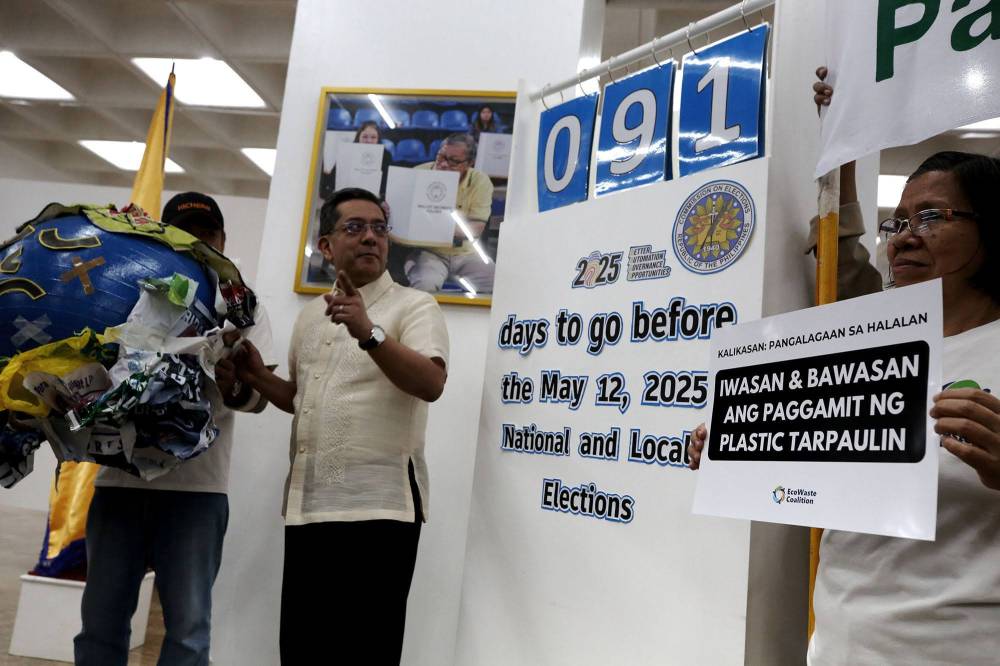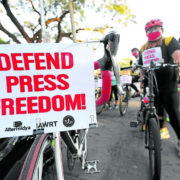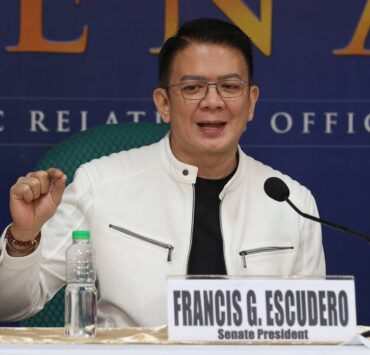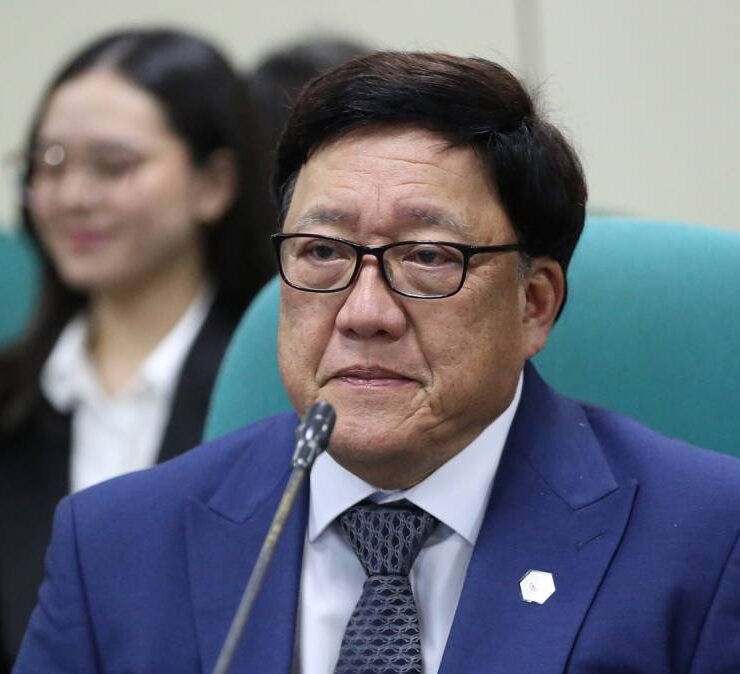MIDTERM POLL CAMPAIGN BEGINS FOR NATIONAL CANDIDATES

- And there they go: The 90-day campaign period for national candidates — senators and party-list reps — begins today, with the Comelec warning it will “be very strict” in enforcing campaign rules.
- Posters, which should be made of cloth, paper or recyclable material, should not exceed 2 by 3 feet. Streamers should not be beyond 3 by 8 ft and may only be displayed five days before the scheduled date of a political rally, to be removed within 24 hours after that event.
- Comelec also prohibits the posting of campaign materials in public places outside designated common poster areas—such as streets, bridges, public structures or buildings, trees, garden spots along public roads, electric posts, schools, shrines, plazas and parks.
With the 90-day campaign period for national candidates—particularly those running for senator and party list representatives—beginning Tuesday, the Commission on Elections (Comelec) warns that it will strictly enforce its rules at the risk of disqualifying candidates who violate them.
Comelec Chair George Garcia also said election cases would also be filed against candidates who use campaign paraphernalia made of non-environmentally sustainable materials such as single-use plastics. This is in line with the poll body’s “green agenda,” he said.
“The Comelec will be very strict [in] enforce[ing] our regulations. We will not hesitate to file cases and disqualify a candidate … for those who violate the laws on election campaigning,” Garcia said at a press conference on Monday.
He emphasized that there would be no leeway in the three-day notice for candidates to remove campaign materials found to have been illegally posted, particularly in public places.
Garcia acknowledged, however, that the poll body has no authority over campaign materials posted in private properties. He said this is in compliance with a 2023 Supreme Court ruling which he cited—St. Anthony College of Roxas City Inc. v. Comelec (G.R. No. 258805)—regarding the rights of property owners.
Print materials, broadcasting
Among the intended targets of the Comelec’s cleanup drive are illegally posted campaign materials along the stretch of Edsa.
“What we need is to take down all their illegal campaign materials, regardless [of whether] they are a senatorial or party list candidate. We need to make them accountable,” Garcia said.
“Our teams will return to these already cleared up areas to ensure that there are no illegally posted materials. We want to sustain this campaign until the end of the campaign period,” he said.
Under Comelec Resolution No. 11086, leaflets should not exceed 8 inches in width and 14 inches in length, or about the size of long bond paper.
Posters, which should be made of cloth, paper or recyclable material, should not exceed 2 by 3 feet.
Streamers should not be beyond 3 by 8 ft and may only be displayed five days before the scheduled date of a political rally, to be removed within 24 hours after that event.
All candidates are allowed a maximum of 120 minutes in campaign ads for each television station and 180 minutes for each radio station.
The Comelec will also monitor the conduct of online campaigning among the 43 senatorial candidates and 173 party list organizations—all of whom had been earlier required to register their social media accounts.
Electric or static billboards of national candidates, whether paid or donated, can only stay in their place for up to two months. A candidate or party cannot have other billboards within a radius of a kilometer from each other.
Campaign materials installed on public utility vehicles are allowed as long as these are within the guidelines prescribed by the Land Transportation Franchising and Regulatory Board.
Environmental monitoring
The poll body also issued last week Resolution No. 11111 to minimize the environmental impact of campaign activities and of the production and disposal of campaign materials.
“What we only want is for all the campaigns, all the materials to be used, to be environmentally friendly, and for all the candidates to be protecting the environment. Running for office is not a license to destroy our environment and cause inconvenience to our countrymen,” Garcia said.
The resolution prohibits the use of single-use plastics, thermoplastic foam and other nonbiodegradable materials and hazardous substances as campaign material or in campaign activities.
Candidates and parties are encouraged to utilize reusable materials such as food and beverage containers; energy-efficient lighting and sound systems during rallies; banners that are biodegradable; electric or hybrid vehicles for motorcades; light-emitting diode (LED) billboards and other digital platforms; and sustainable local alternatives such as natural fabrics, recycled paper and compostable plastics.
Resolution No. 11111 also prohibits the posting of campaign materials in public places outside designated common poster areas—such as streets, bridges, public structures or buildings, trees, garden spots along public roads, electric posts, schools, shrines, plazas and parks.
Garcia said the Comelec’s “Oplan Baklas” (dismantle) operation would remove all campaign materials in these public places.
He said violators would be held liable together with the concerned candidates and parties under the “disputable presumption” that they have ownership and consent of the illegally posted election materials.





















